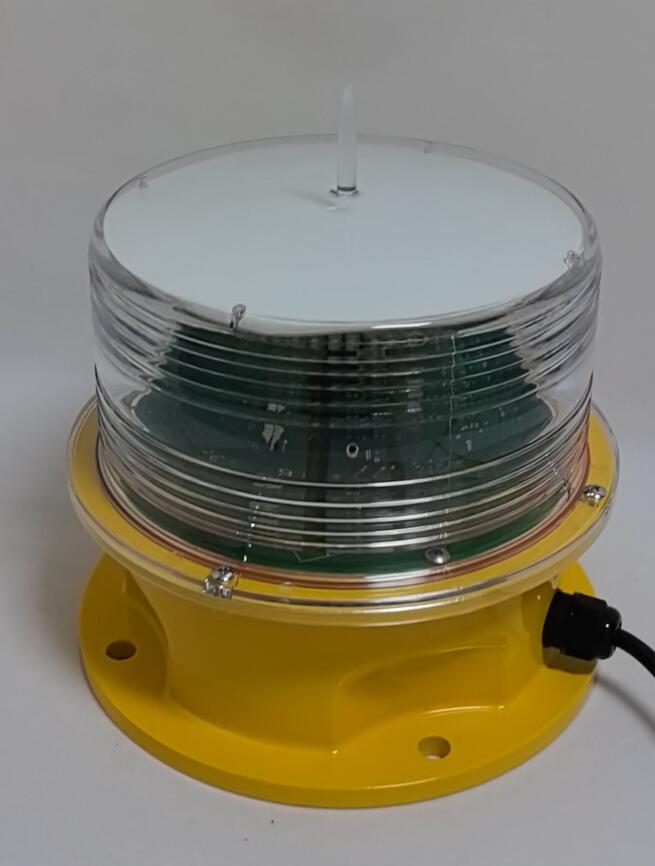In the vast expanse of the sky, where helicopters soar through the air on important missions, there exists a crucial element that guides them safely to their destinations – the helipad beacon. This unassuming yet essential device plays a vital role in ensuring the smooth operation and safety of helicopter flights.
The helipad beacon is more than just a light. It is a symbol of safety and a guide for those who navigate the skies. Picture a scenario where a life-saving medical evacuation is underway. In the darkness of the night or through thick fog, the helipad beacon shines brightly, providing a clear target for the pilot to aim for. Without this beacon, finding the helipad would be a daunting task, fraught with danger and uncertainty.
One of the key features of the helipad beacon is its visibility. Designed to be seen from a distance, these beacons emit a powerful light that cuts through the gloom. Whether it's a flashing strobe light or a steady beam, the helipad beacon is engineered to catch the attention of pilots and ensure that they can locate the landing area easily. The intensity and color of the light are carefully chosen to maximize visibility and distinguishability.
Helipad beacons also play an important role in air traffic control. In areas with high helicopter traffic, such as near hospitals, oil rigs, or disaster zones, these beacons help to coordinate the movements of multiple helicopters. By providing a clear indication of the location of the helipad, air traffic controllers can ensure that helicopters land and take off safely, without colliding with each other. This not only enhances safety but also improves the efficiency of air operations.

The technology behind helipad beacons is constantly evolving. Modern beacons are often equipped with advanced features such as GPS synchronization, automatic intensity control, and remote monitoring. These features allow for greater accuracy and reliability, ensuring that the beacon is always functioning properly and providing the necessary guidance to pilots. Additionally, some helipad beacons are now integrated with other safety systems, such as obstacle detection and warning systems, further enhancing the safety of helicopter operations.
| helipad beacon | E4 |
| E55 | 45T |
Installation and maintenance of helipad beacons are also crucial aspects of ensuring their effectiveness. These beacons must be installed in accordance with strict guidelines to ensure maximum visibility and safety. Regular maintenance checks are necessary to ensure that the lights are functioning properly and that the beacon is in good condition. This may involve checking the bulbs, cleaning the lenses, and testing the electrical connections.
In conclusion, the helipad beacon is an essential component of helicopter operations. Its role in providing guidance, ensuring safety, and coordinating air traffic cannot be overstated. As we continue to rely on helicopters for various important tasks, from medical evacuations to search and rescue missions, the helipad beacon will continue to be a beacon of hope, guiding pilots safely to their destinations. Let us recognize the importance of this unassuming yet powerful device and ensure that it is always there to light the way for those who take to the skies.